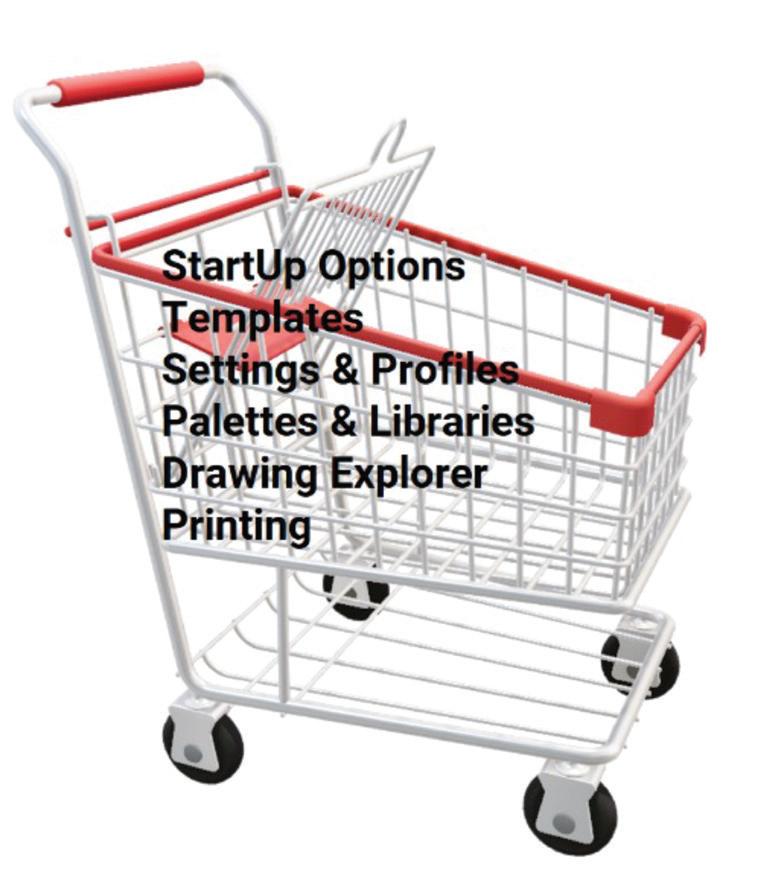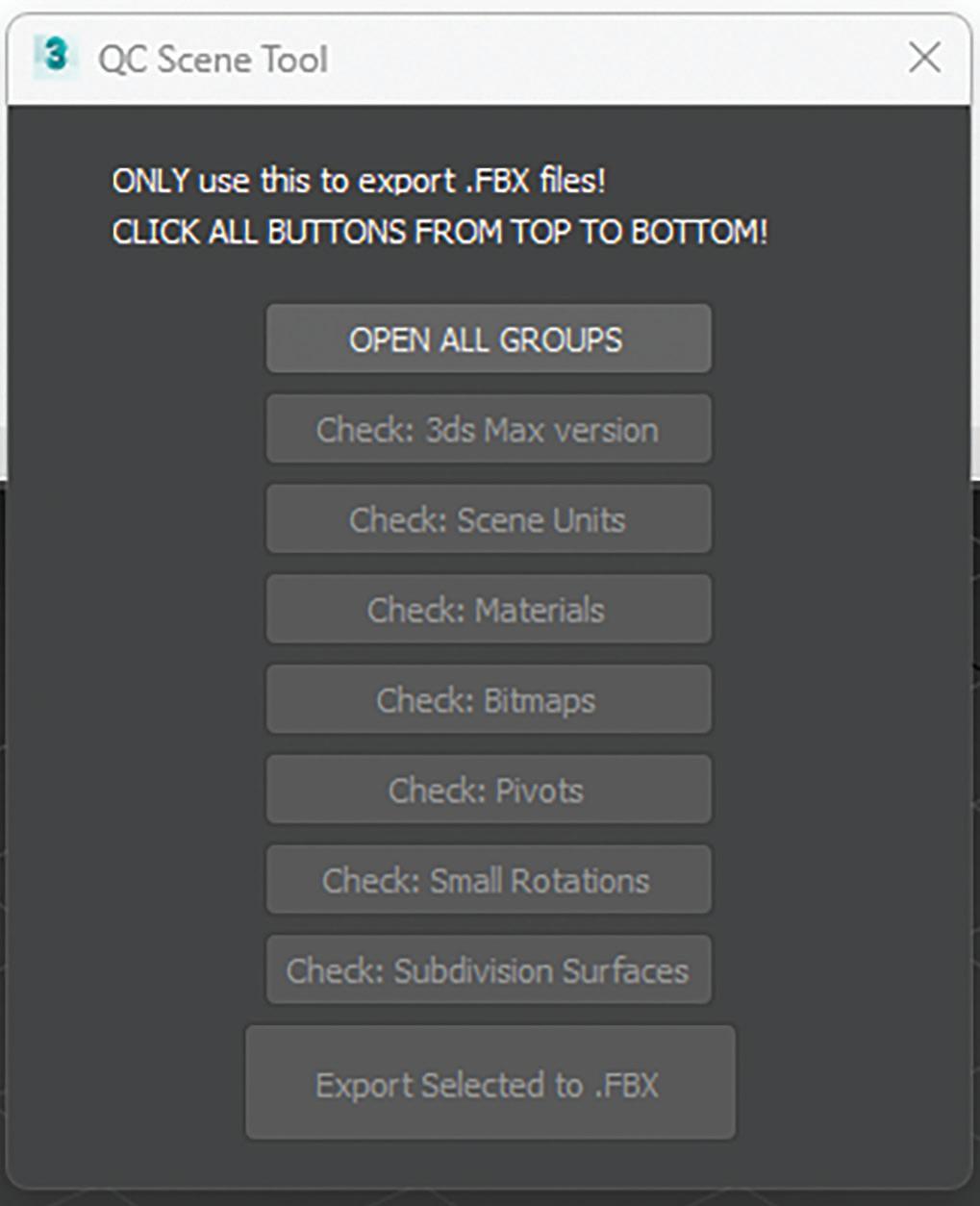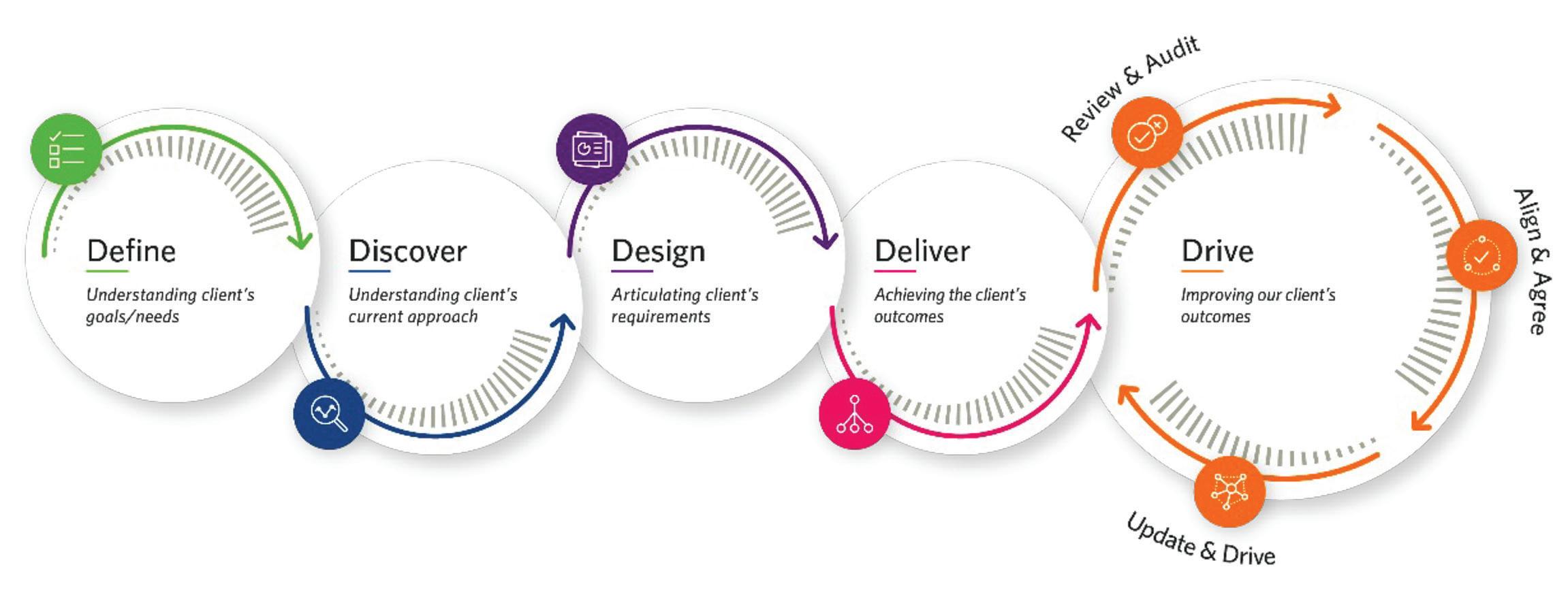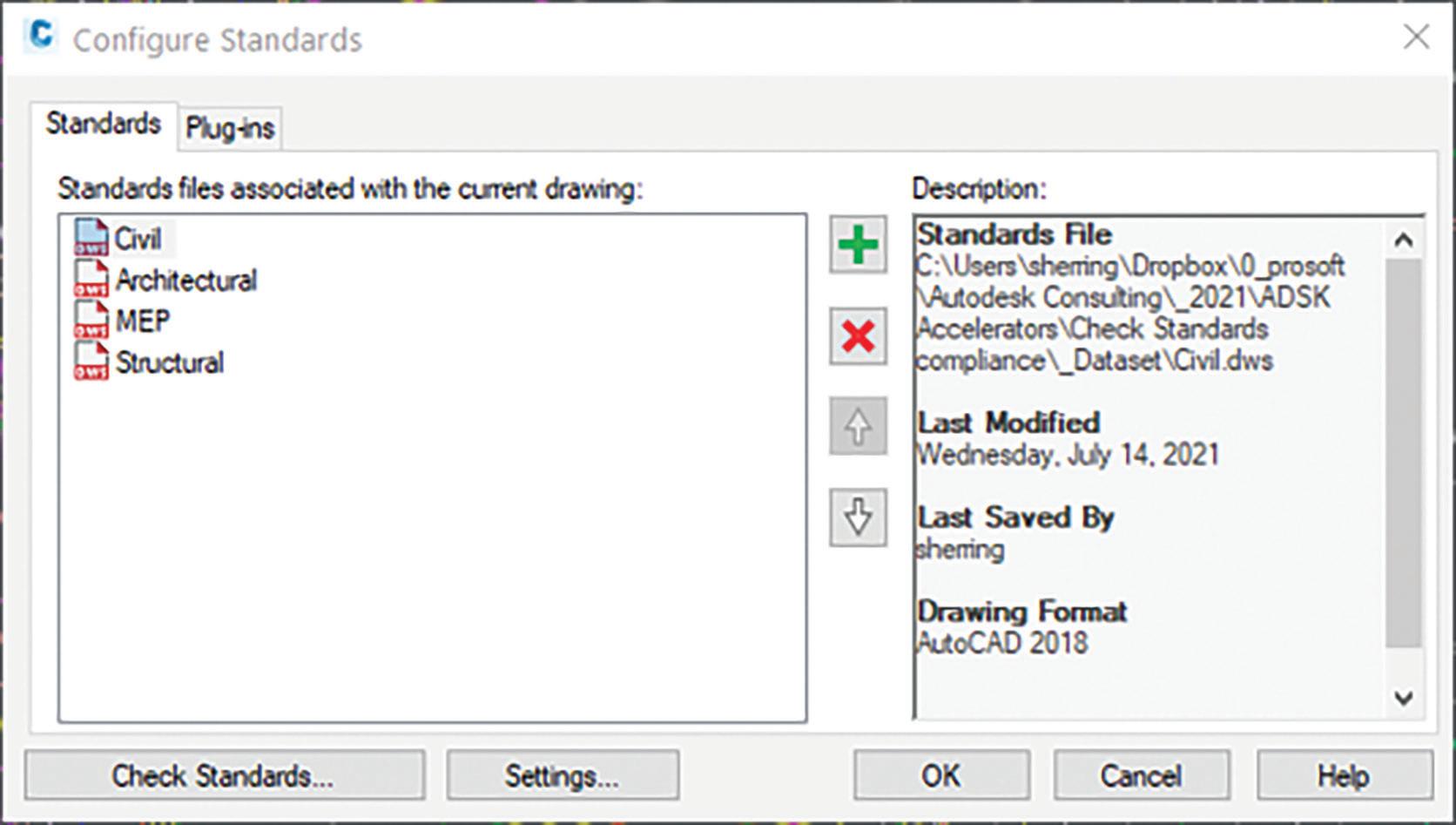
2 minute read
Customization
from AUGIWORLD
by AUGI, Inc.
task assignment rather than a project commitment. Users that are lite with work one day, can pull from a list of tasks or redlines that have yet to be completed on multiple projects. Implementing a task board of available work reduces the time users spend looking for something to do while increasing confidence in the company’s stability and leadership. In my company, we are using a CORE Tool Palette as a backbone to then craft regional Palettes. The CORE Palette includes buttons that will load a regional palette as needed to complete tasks specific to an area. Regional offices can load their palette by default in addition to the CORE by way of a regional acad.lsp file.
Conversations that will happen when developing a Tool Palette that affects many users will always benefit the company. You may uncover fallacies in workflows or production that require hard truths to be spoken, which will systemically change everything in the way your company works. You may find faults and errors in drawings that have unknowingly plagued your filesystem with gremlins that have siphoned thousands of dollars in profits over years of work. Or you may find incremental and unrealized benefits that will create sweeping time savings across the company. I have yet to implement a Networked Tool Palette in a company that, after using it, wished to go back to the ‘old way of doing things’.
Please note that accomplishing a fully realized and fluid, company-wide system is not trivial. The process is not quick and easy. An additional amount of time, greater than zero, will be required as an ongoing effort to maintain and enhance the Palettes. Much of the time cost is, of course, at the beginning of the journey, and in direct relation to the complexity/ flexibility of the system to be developed.
I firmly believe that a CORE system, one that is nimble and pruned, is the best one to be implemented. Focusing on the absolute standard branding, the look and feel, the “Common Relative Environment” or “CoRE” of how we present ourselves as a unified, stable, and competent workforce, should drive the development of this system. Everything else should be added with extreme prejudice, and only when needed to reduce the potential for scope creep in the system.
I’m grateful to all the companies who have allowed me to deep dive into the psychology, methodology, and ethics of plan production in my quest for perfect CAD Management. They have realized the benefits of the trust and tangents they have allowed me. None of the topics I am covering in my CAD Management series are simple linear problems to solve. The human component will always be the most confounding factor. An equation I am grateful to be part of.
You can find more from me about Tool Palettes on the Autodesk Voices blog here: https://forums. autodesk.com/t5/autodesk-community-voices/ networked-cad-management-part-2-tool-palettes/ ba-p/11648914
And the first Networked CAD Management article here: https://forums.autodesk.com/t5/autodeskcommunity-voices/networked-cad-managementpart-1-support-folder-acad-lsp-and/ba-p/11539259
Daniel Lench started his career as a cabinetmaker/fine woodworker and transitioned to the AEC industry in 2002. A lifelong geek and technology enthusiast, he was hosting a BBS at the age of 13 over a 2400 baud modem. He has had the pleasure of working at the Museum of Florida History as an artisan, building and maintaining exhibits and the museum. With nearly 25 years of experience with AutoCAD, Land Desktop, and Civil 3D, he is passionate about sharing his accumulation of knowledge and workflows. He has acted in the CAD Manager role for 20 years at several engineering firms and consulted with city engineers and remote companies to develop and optimize their Civil 3D environments. A unified company and user experience, along with futureproofing the CAD systems, are the primary focus of what he develops. Daniel currently works alongside AUGI’s very own Todd Rogers at Walter P Moore and can be reached at dlench@ walterpmoore.com or by cell at 979.575.6717.










